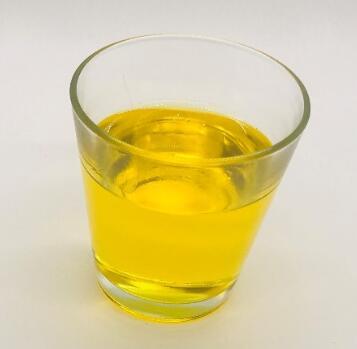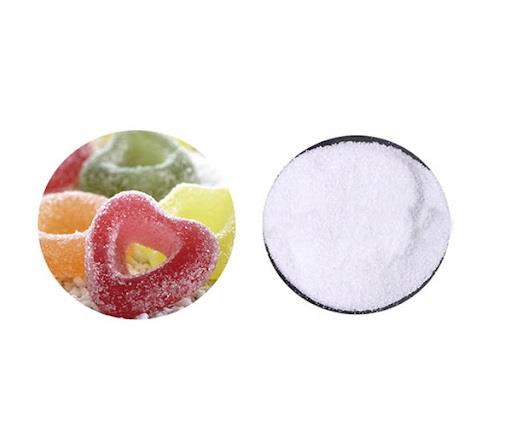Food Additives refers to a kind of natural or artificially synthetic chemicals which can improve the sensory properties (color, smell, taste) of food and food quality. To the adult foods, we can add some additives according to the China's health standards. However, the food additives should be strictly controlled to be applied to infant foods. Infant body has a relative weak detoxification mechanisms or protection mechanisms, being likely to cause the accumulation of large quantities of chemical substances. The World Health Organization and many countries have specified that food additives are not allowed to be supplemented to the infant food. Children's food should also be limited from using of food additives such as saccharin, colorings and flavors. Especially, for the food of baby of less than 12-week-old such as infant formula and cereal products, they should be completely free of food additives. Classification of the food additives: Food additives can be divided into two categories including natural food additives and synthetic food additives. Natural food additive is obtained through using animal and plant or microbial metabolites as raw materials and further extraction. Chemical synthetic additives are obtained through de novo synthesis using chemical substances as raw materials. According to the usage purpose and the nature of chemicals, food additives can be divided into various categories, namely: (1) acid, alkali, salt; (2) bulking agent; (3) antioxidant and synergist; (4) the carrier solvent ; (5) edible pigment; (6) emulsifier, stabilizer and thickener; (7) enzyme preparation for food processing; (8) antifoaming agent; (9) the flavorant (10) bleaching agent; (11) color former; (12) quality improver; (13) sweetener; (14) preservative; (15) sour agent; (16) anti-caking agent; (17) coagulant and
Konjac - Application in Meat Products
Konjac is the generic name for the flour formed from grinding the root of the Amorphophallus konjac (elephant yam) plant (FMC Biopolymer, 1994) . It is a food ingredient containing a high-molecular we
Mar 10,2022 Food AdditivesApplication of Microcrystalline cellulose
Microcrystalline cellulose (MCC) is mainly composed of β- 1,4-glucoside bonded linear polysaccharide [1] is a white, odorless and tasteless crystalline powder composed of free flowing short rod or pow
Mar 7,2022 Food AdditivesProperties and Applications of Gelatin
Gelatin is the heat-denatured, partially hydrolyzed form of native, insoluble collagen. Gelatin is deficient in methionine and completely devoid of tryptophan (Bailey & Light, 1989) , both essential a
Mar 4,2022 Food AdditivesFood Additive---Polysorbate 80
Polysorbate 80, also known as Tween 80, is a synthetic nonionic surfactant commonly used in food, cosmetics, and drug formulations as a solubilizer, stabilizer, or emulsifier.
Jan 18,2022 Food AdditivesPreparation and Uses of Xanthan gum
Xanthan gum is an extracellular polysaccharide secreted by the microorganism Xanthomonas campestris. Commercially it is manufactured by a fermentation process. Xanthan gum is soluble in cold water and
Jan 7,2022 Food AdditivesSide effects of Lanolin
Lanolin cream is safe to use on intact skin while breastfeeding and is non-toxic for both mother and baby. You do not have to wipe it off or remove it before your baby breastfeeds.
Dec 24,2021 Food AdditivesA novel food pursuant---nicotinamide riboside chloride
Nicotinamide Riboside Chloride is the chloride salt form of nicotinamide riboside(NR).NR is a new form pyridine-nucleoside of vitamin B3 that functions as a precursor to nicotinamide adenine dinucleot
Dec 7,2021 Food AdditivesUses of Butylated hydroxyanisole
Butylated hydroxyanisole (BHA) is an antioxidant consisting of a mixture of two isomeric organic compounds, 2-tert-butyl-4-hydroxyanisole and 3-tert-butyl-4-hydroxyanisole. It is prepared from 4-metho
Dec 1,2021 Food AdditivesRecommended usage of Aspartame
Based on the lack of toxicity in animal studies, a no-observed effect level of at least 4000 mg kg-1 body weight per day was established by the Joint FAO/WHO Expert Committee on Food Additives (JECFA)
Nov 16,2021 Food AdditivesWhat can Paraffin wax be used for in the industry?
Paraffin is a mixture of hydrocarbons extracted from some distillate of petroleum, shale oil or other asphaltic mineral oil. It is mainly composed of solid paraffins, odorless and tasteless, white or
Sep 10,2021 Food Additives









